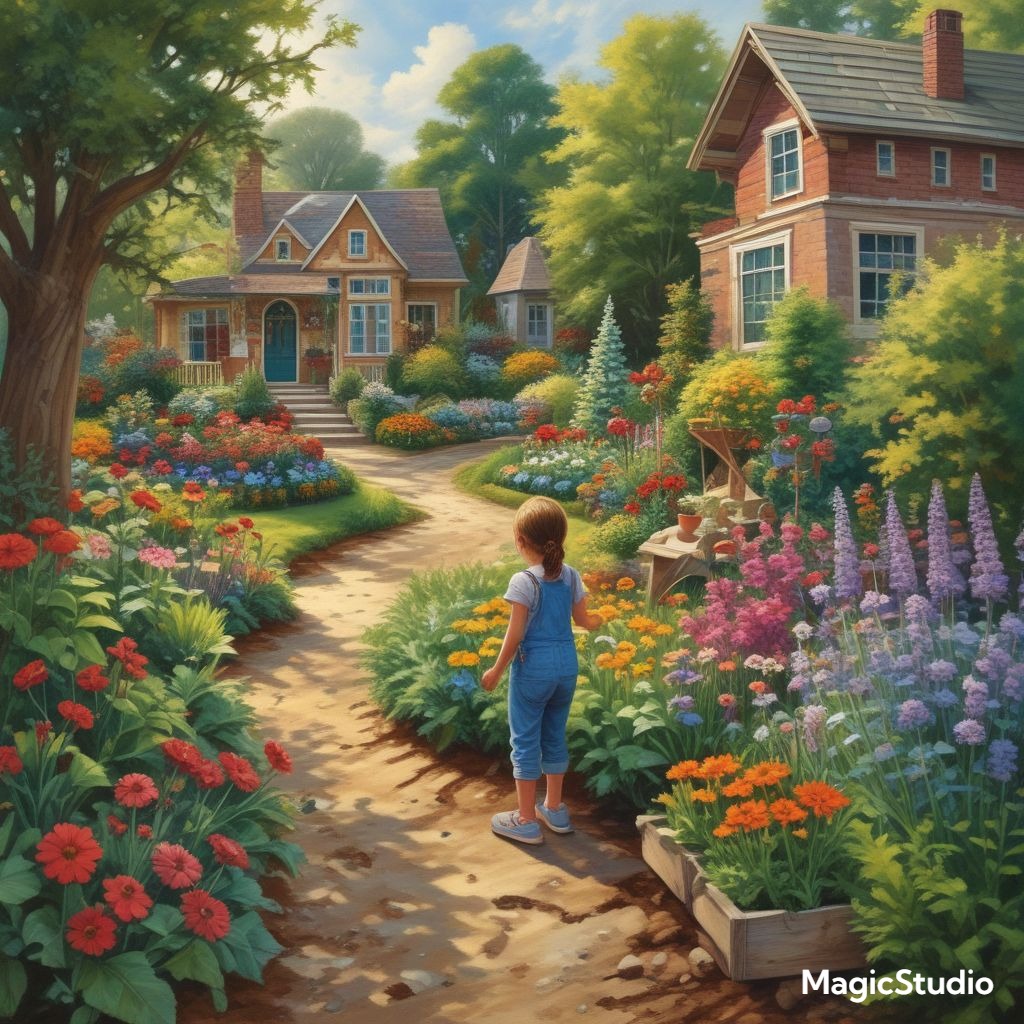Creating a vibrant and engaging home garden for kids is a wonderful way to foster their love for nature, encourage creativity, and provide a safe and stimulating outdoor space for play and exploration. Whether you have a large backyard or a small balcony, there are endless possibilities to design a garden that sparks joy and wonder in young minds. With a touch of imagination, some vibrant colors, and a sprinkle of fun elements, you can transform your outdoor space into a magical world for your little ones to enjoy.
A Tiny Fairy Garden
Embrace the enchanting world of fairies with a miniature garden nestled in a cozy corner. Use a shallow container, like a terracotta pot or a wooden box, and fill it with fine-textured soil. Plant a mix of miniature flowers, herbs, and succulents in pastel colors like pink, lavender, and light blue, evoking a whimsical atmosphere. Add miniature houses, toadstools, and other charming accents for a touch of magic. Fairy gardens are popular in the US and EU, capturing the imagination of children and adults alike.
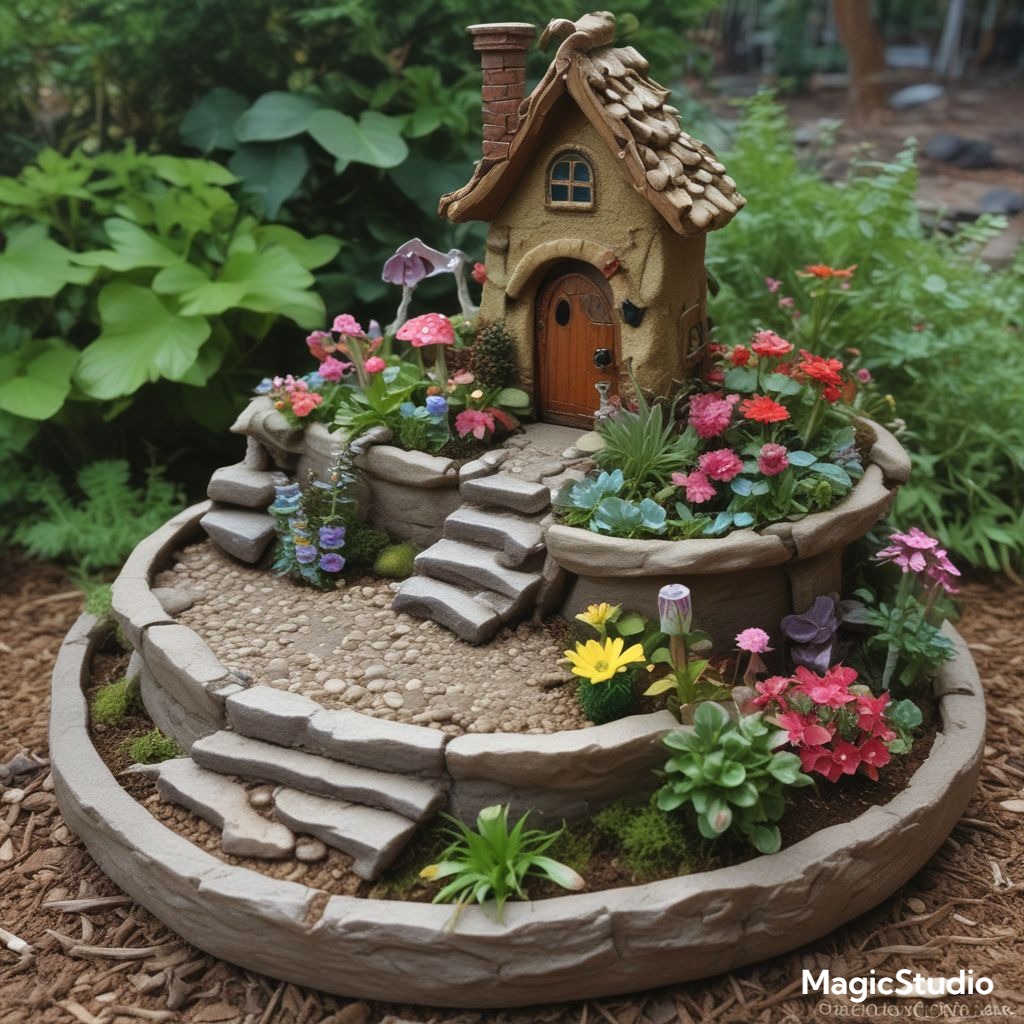
Rainbow Veggie Patch
Turn your vegetable garden into a rainbow of colors and flavors! Plant a variety of vegetables in vibrant hues, creating a visually appealing and delicious feast for the eyes and palate. Choose red tomatoes, yellow bell peppers, green beans, orange carrots, and purple eggplant, creating a playful and educational experience for kids. Encourage them to help with planting, watering, and harvesting, fostering a connection with nature and healthy eating habits. In the EU, edible gardens are gaining popularity as families prioritize local and sustainable food sources.
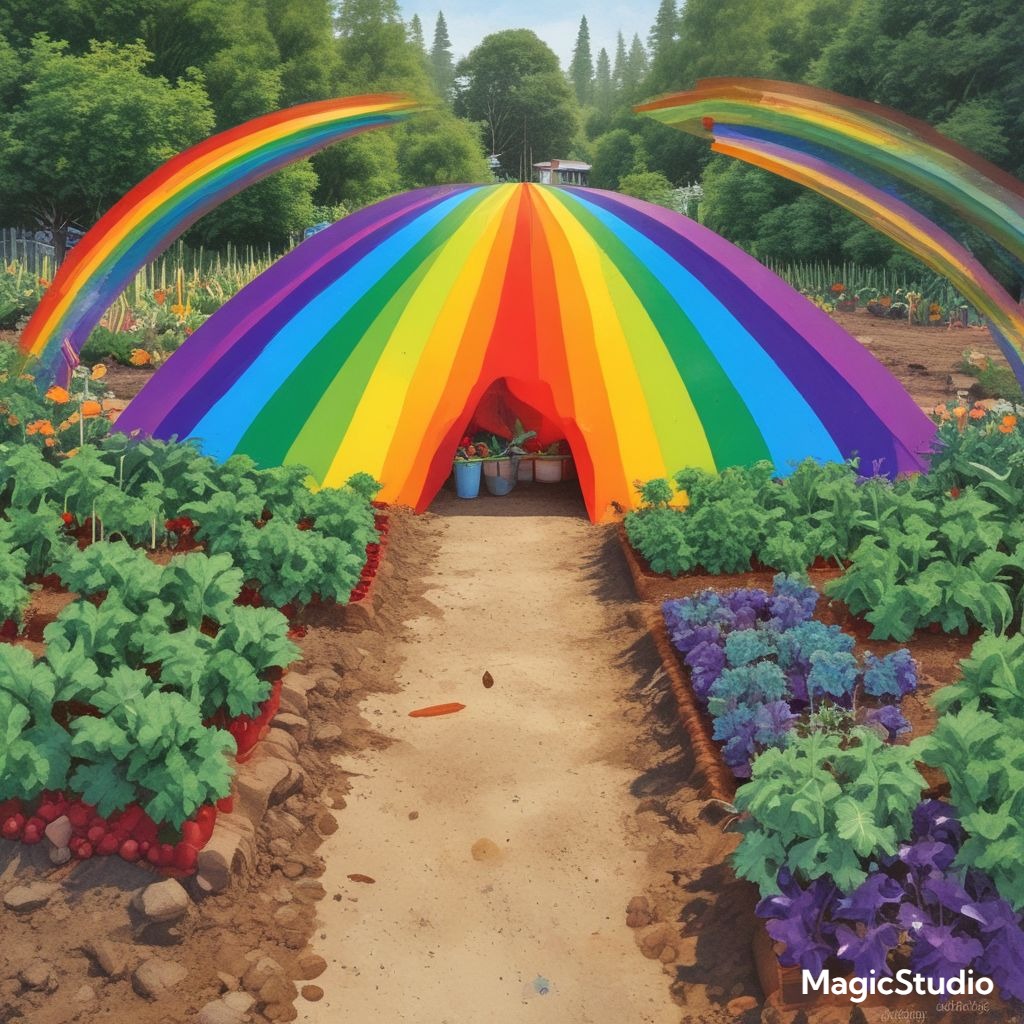
A Playful Mud Kitchen
Bring the joy of pretend play into the garden with a mud kitchen! Create a space where kids can concoct culinary delights using natural ingredients like mud, leaves, and sticks. Use recycled materials like wooden crates, pallets, or old doors to build the kitchen structure. Add a sink, a stove, and shelves to display their creations. Consider painting the kitchen in bright and cheerful colors like red, yellow, and blue, reminiscent of traditional children’s kitchens. Mud kitchens encourage creativity, imagination, and exploration of the natural world.
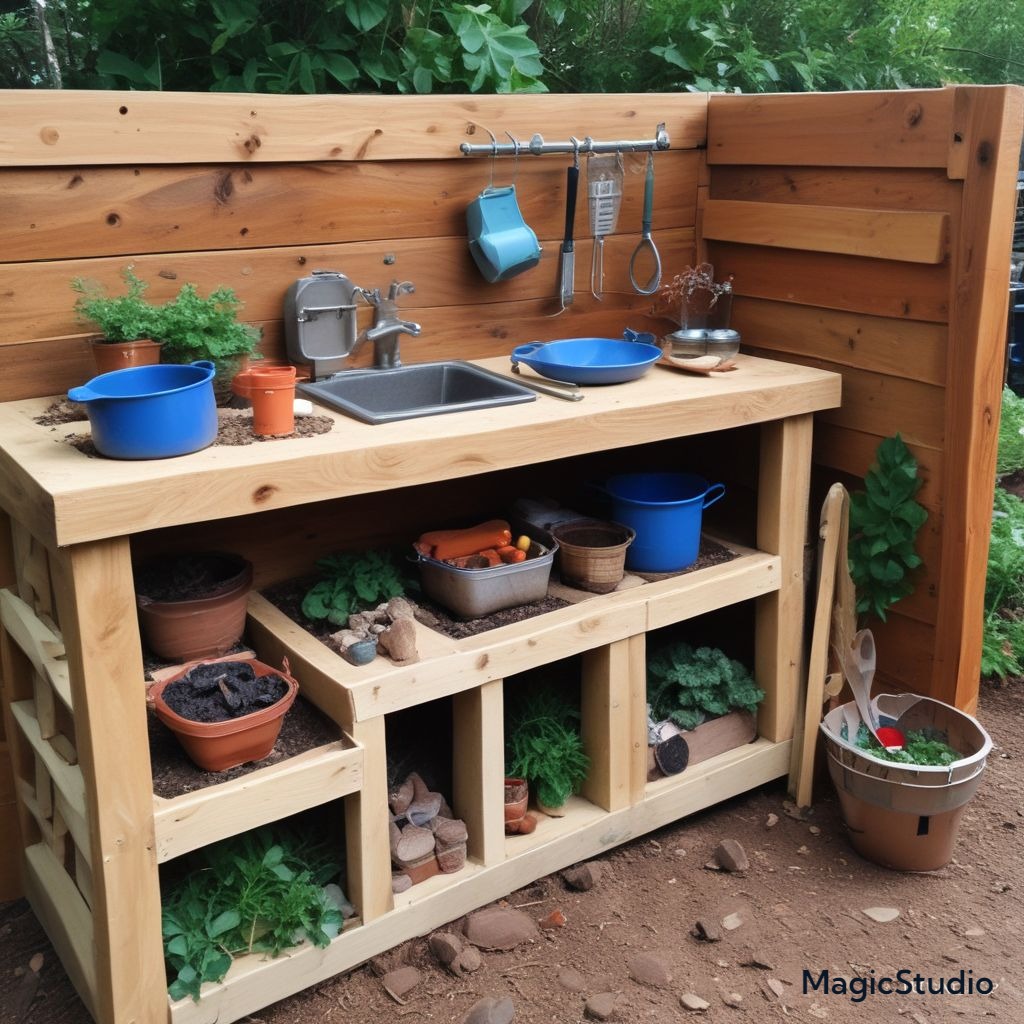
A Climbing Wall of Dreams
Transform a plain wall into a climbing adventure with a colorful and imaginative climbing wall. Use sturdy materials like plywood or wood panels and attach climbing holds in various shapes and sizes. Paint the wall with vibrant colors, incorporating playful patterns and shapes that inspire imaginative play. Consider adding a rope ladder for extra climbing fun. Climbing walls are a popular trend in the US and EU, promoting physical activity and coordination skills in children.
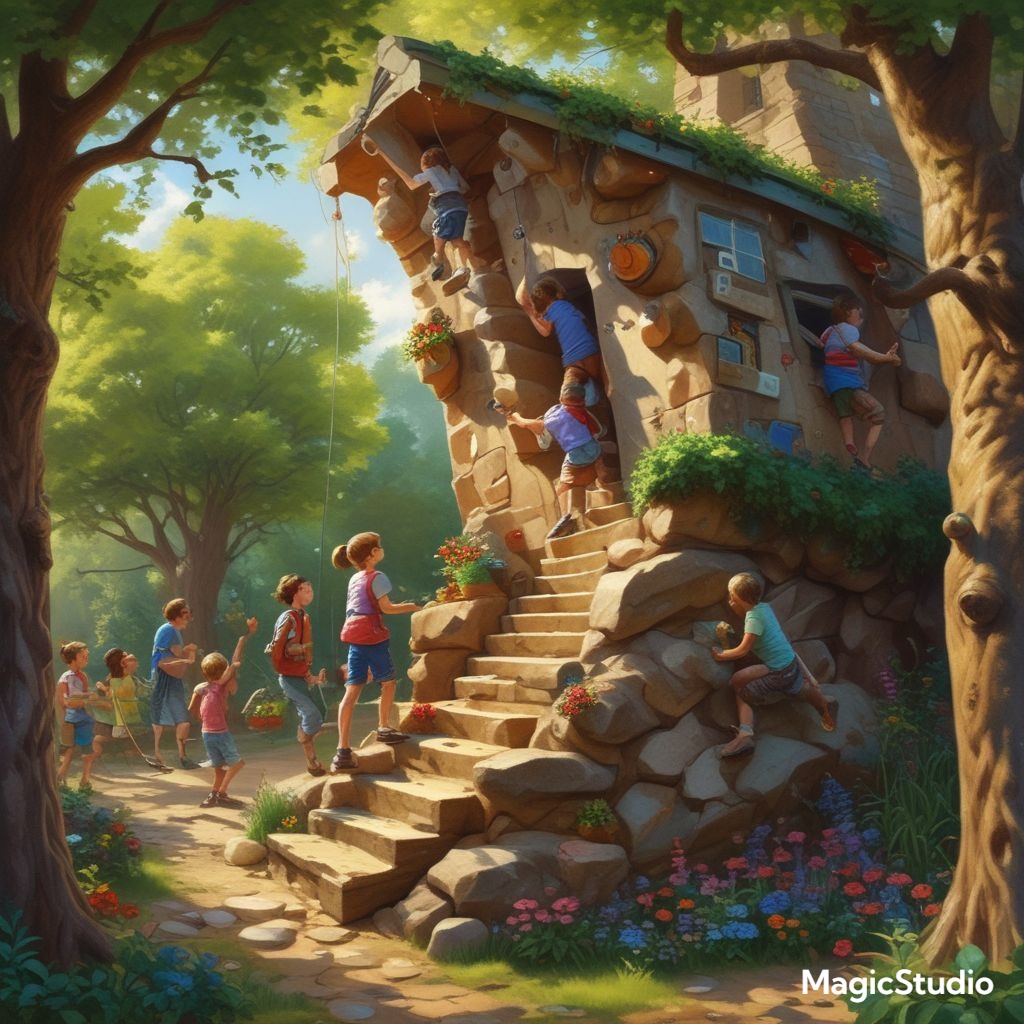
A Secret Hideaway
Create a cozy and secluded spot for kids to retreat to, read a book, or simply daydream. Use natural materials like branches, twigs, and leaves to construct a small hut or a den. Add cushions, blankets, and fairy lights for a touch of magic. Plant climbing vines around the hideaway to create a natural canopy and provide a sense of privacy. Secret hideaways are a popular element in children’s literature and are a great way to encourage imaginative play and foster a sense of wonder.
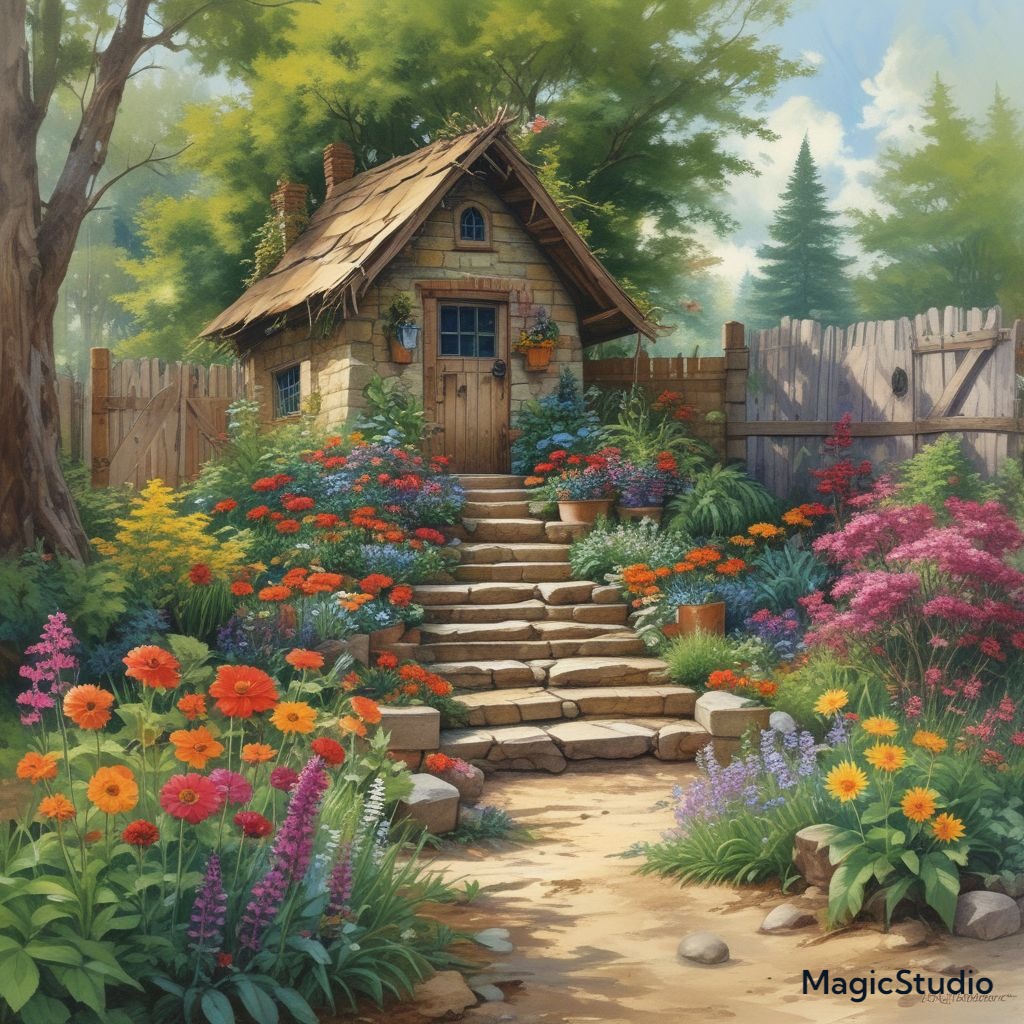
A Water Play Oasis
Cool down on hot days with a water play area designed specifically for kids. Set up a sprinkler system, a paddling pool, or a water table filled with colorful toys. Add water-resistant plants like water lilies and reeds for a natural touch. Choose brightly colored water toys that encourage imaginative play, such as boats, buckets, and water guns. Water play areas are a popular feature in playgrounds and gardens, providing both fun and learning opportunities for children.
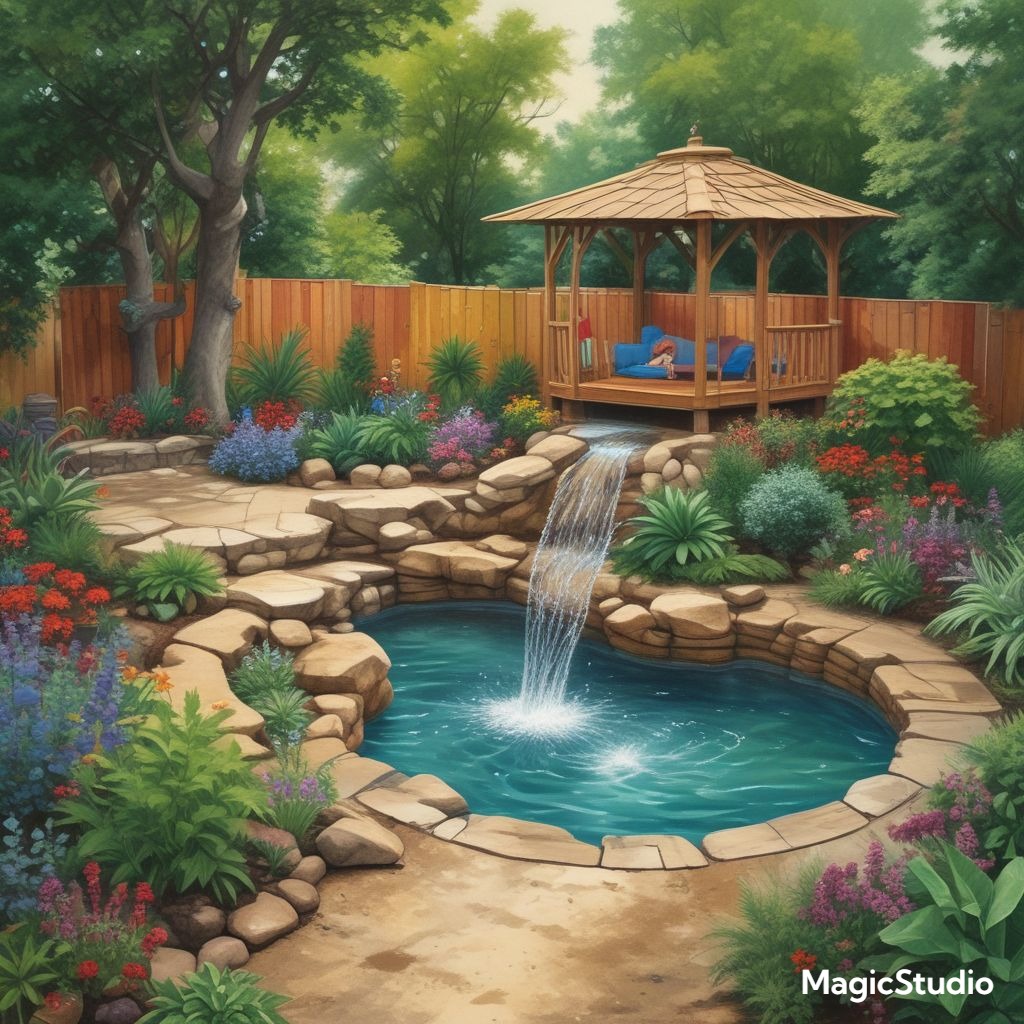
A Sensory Garden
Engage all five senses with a garden designed to stimulate curiosity and exploration. Plant fragrant herbs like lavender, rosemary, and mint, allowing kids to smell and touch different textures. Include flowers with vibrant colors and textures, like sunflowers, zinnias, and cosmos. Add a wind chime for auditory stimulation and a small pond with fish or frogs for a visual and auditory experience. Sensory gardens are becoming increasingly popular in the US and EU, promoting sensory integration and a connection to nature.
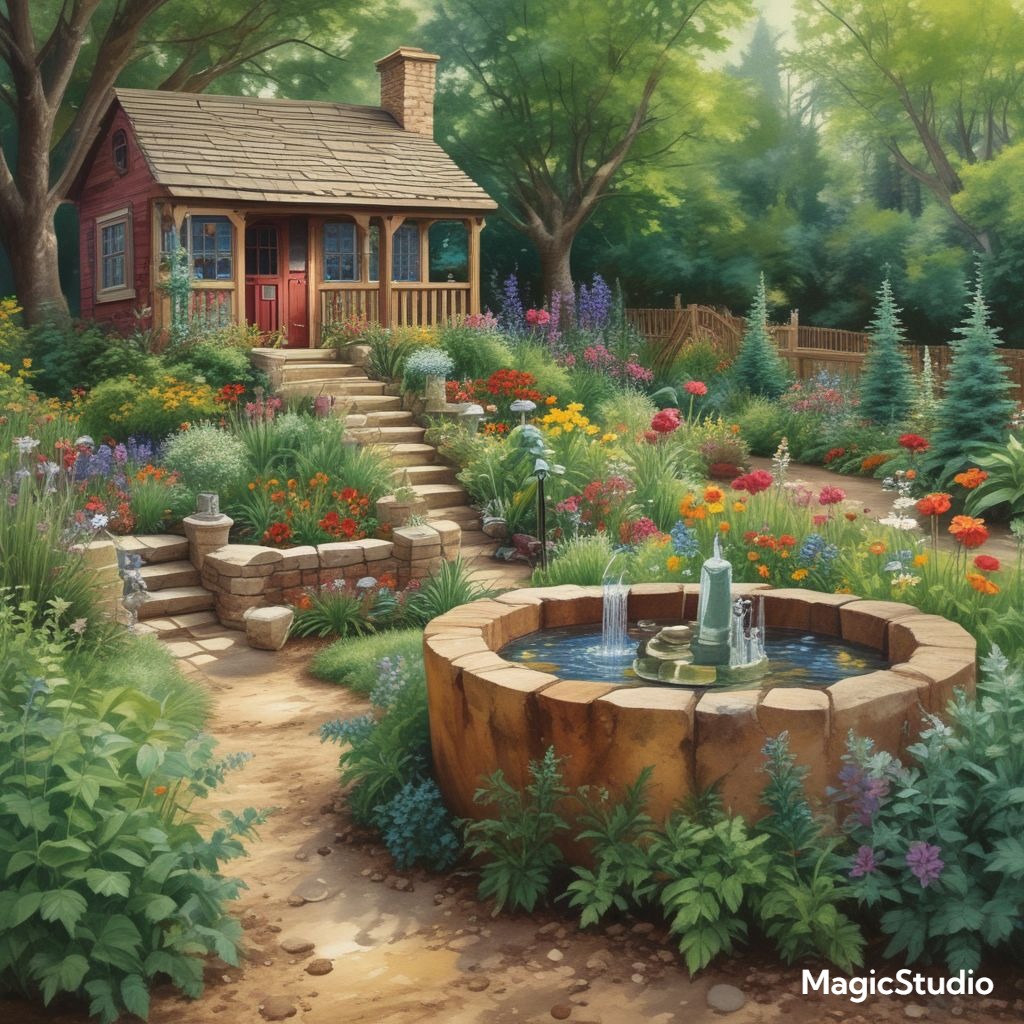
A Mini-Greenhouse
Encourage a love for gardening and science by setting up a mini-greenhouse in your garden. Use a small plastic greenhouse or build a simple frame using recycled materials. Plant seedlings and watch them grow as they learn about different plant varieties. Include a variety of herbs, vegetables, and flowers for a colorful and educational display. Mini-greenhouses are a great way to introduce kids to the world of plant science and encourage them to grow their own food.
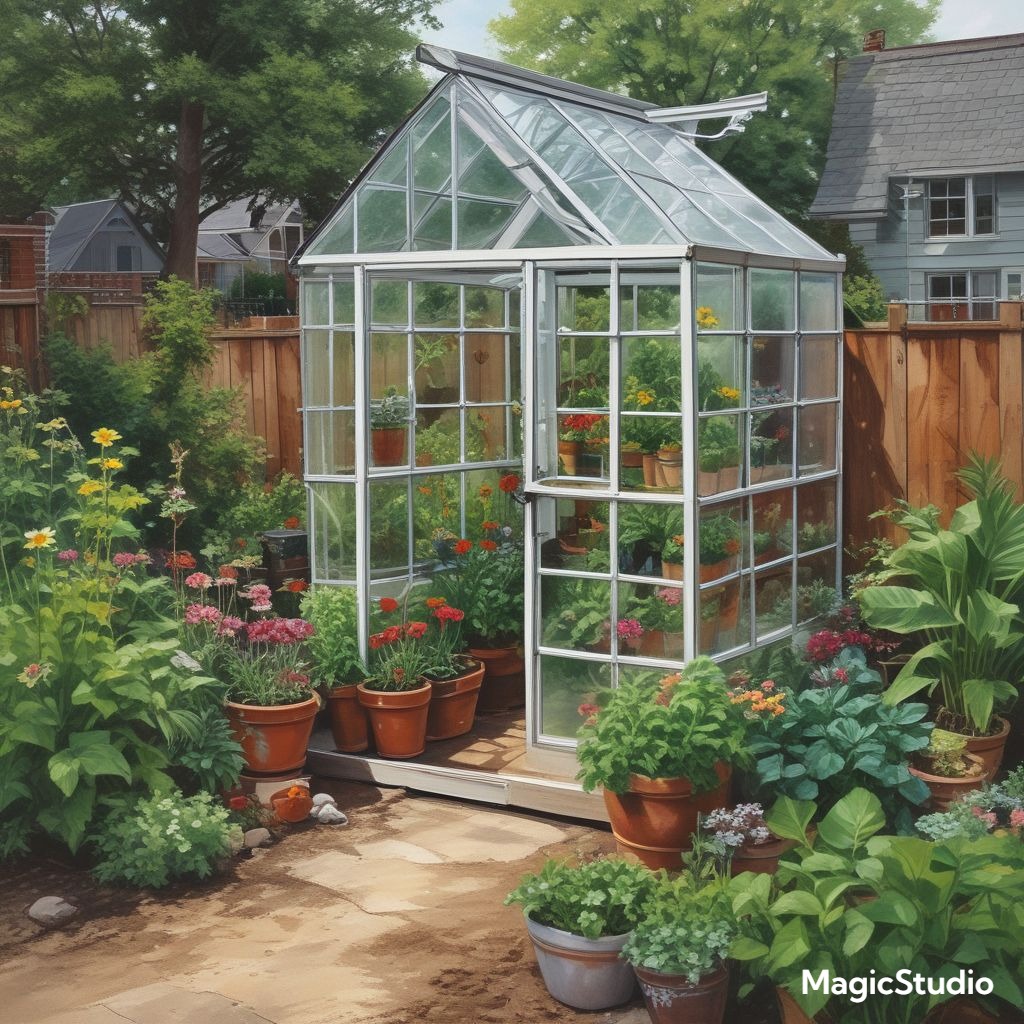
A Colourful Sandbox
Create a classic play area with a vibrant sandbox. Use colorful sand, such as red, yellow, and green, to add visual interest. Add toys like pails, shovels, and molds for imaginative play. Create a shaded area near the sandbox for kids to rest and enjoy the play area. Sandboxes are a timeless classic and provide endless opportunities for creative play and sensory exploration.
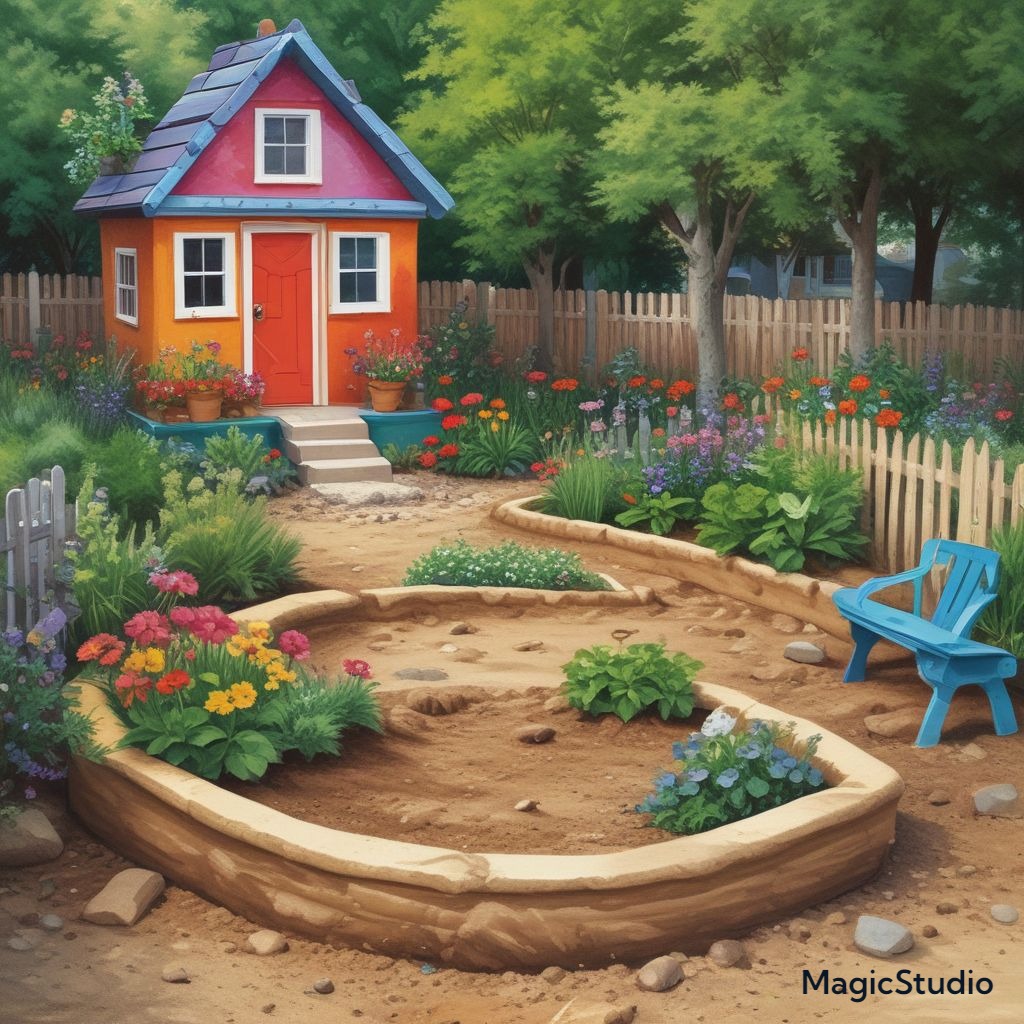
A Bird Watching Paradise
Attract birds to your garden with a bird feeder and a birdhouse. Choose brightly colored bird feeders and birdhouses to appeal to children. Plant native flowers and shrubs that attract birds and butterflies. Encourage kids to learn about different bird species and their habits. Bird watching is a wonderful way to connect with nature and learn about the world around us.
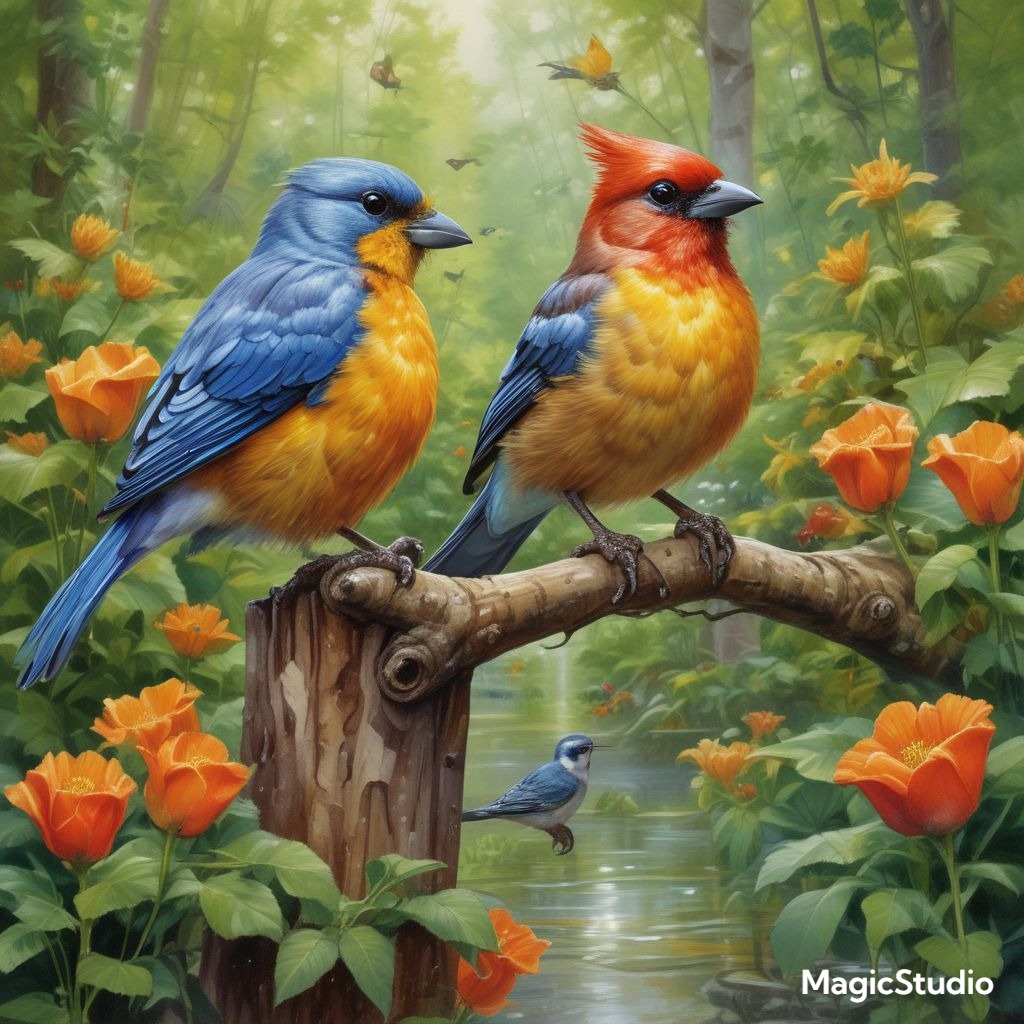
A Cozy Reading Nook
Create a tranquil spot for kids to curl up with a book and escape into another world. Set up a comfortable chair or a hammock under a shady tree. Add a small table for books and a lamp for reading at night. Surround the nook with lush foliage for a sense of privacy and tranquility. Reading nooks are a great way to encourage a love of reading and provide a quiet space for relaxation.
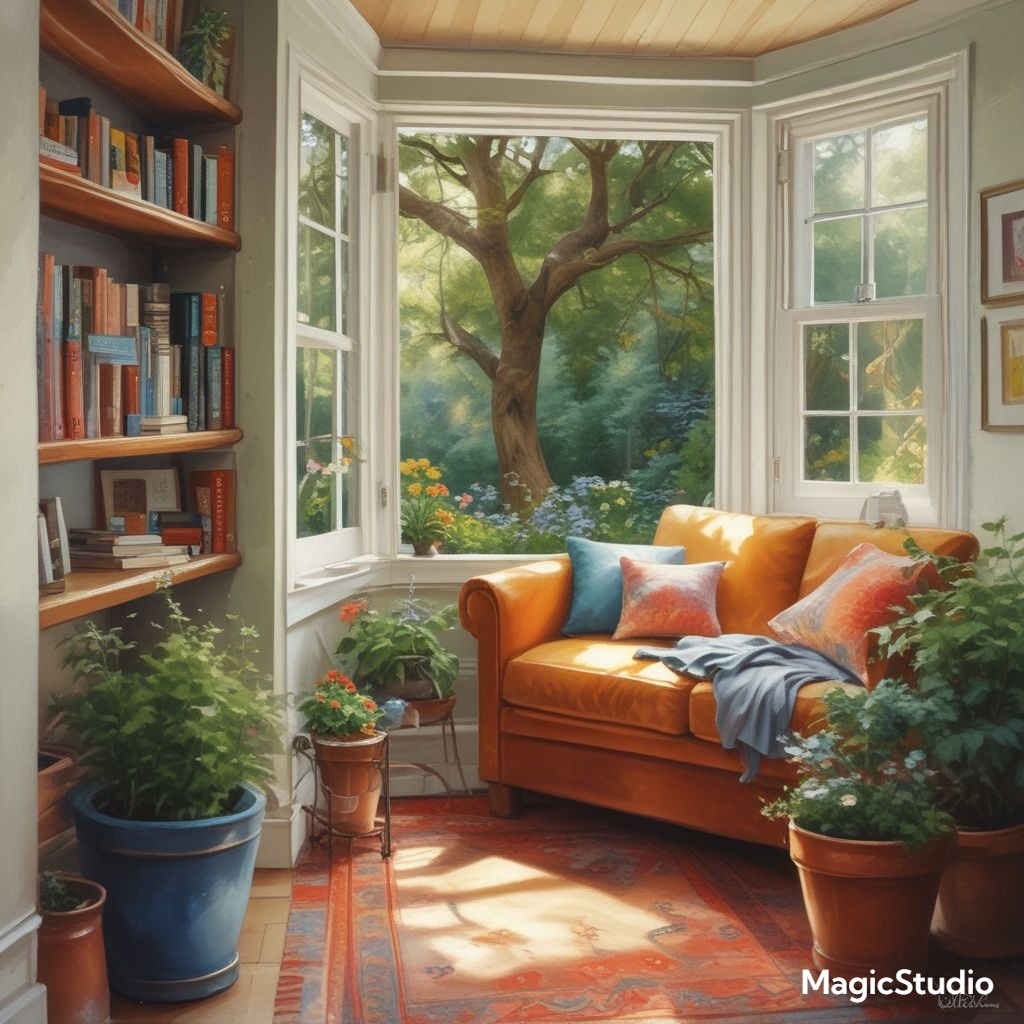
A Storybook Garden
Bring favorite fairy tales to life with a storybook garden. Plant flowers and shrubs that resemble characters and objects from well-known stories. Create a pathway through the garden, marking it with stones or stepping stones. Add sculptures, signs, and other props to create a whimsical and imaginative environment. Storybook gardens are a wonderful way to spark creativity and inspire imaginative play.
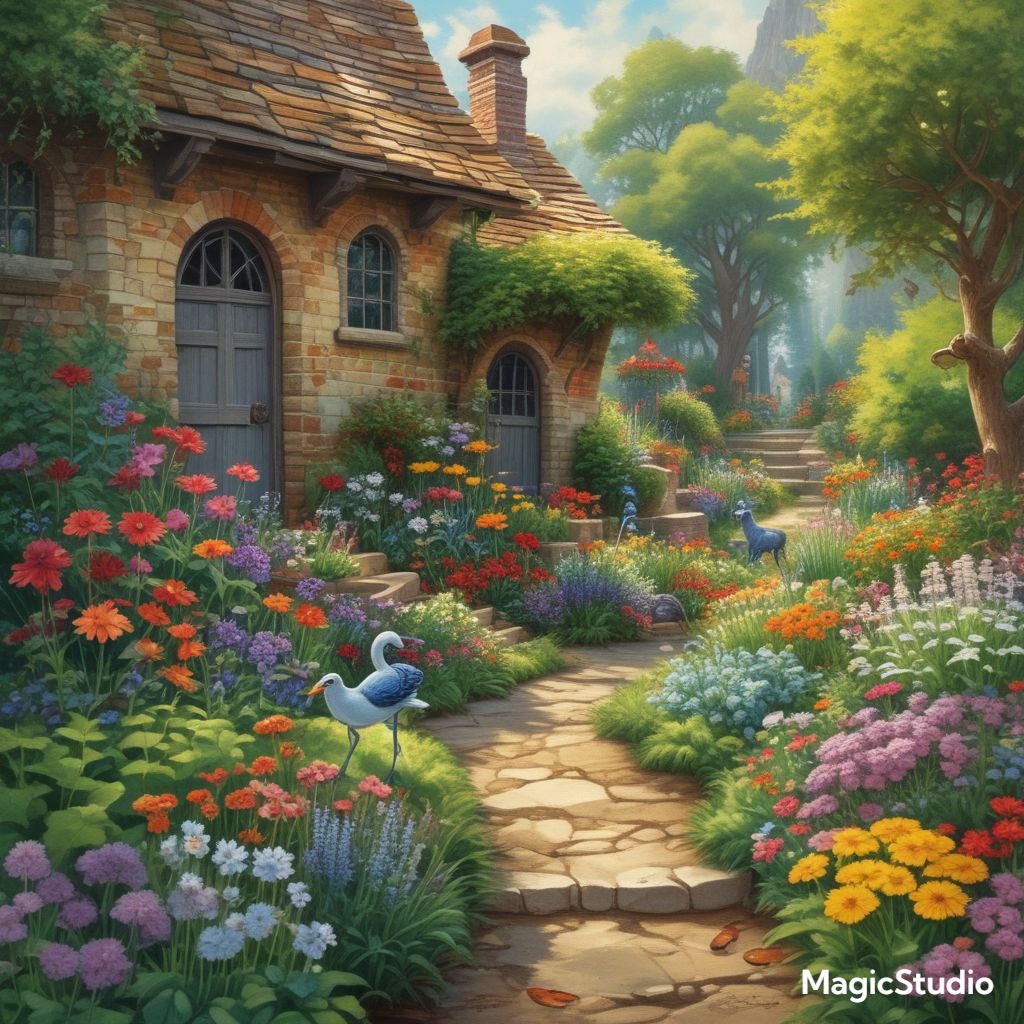
An Insect Hotel
Learn about the fascinating world of insects with an insect hotel. Create a structure using recycled materials like logs, bricks, and straw bales. Fill the hotel with different compartments for bees, ladybugs, and other insects to nest. Plant wildflowers and herbs around the hotel to attract insects. Insect hotels are a great way to encourage biodiversity and learn about the important role insects play in our ecosystem.
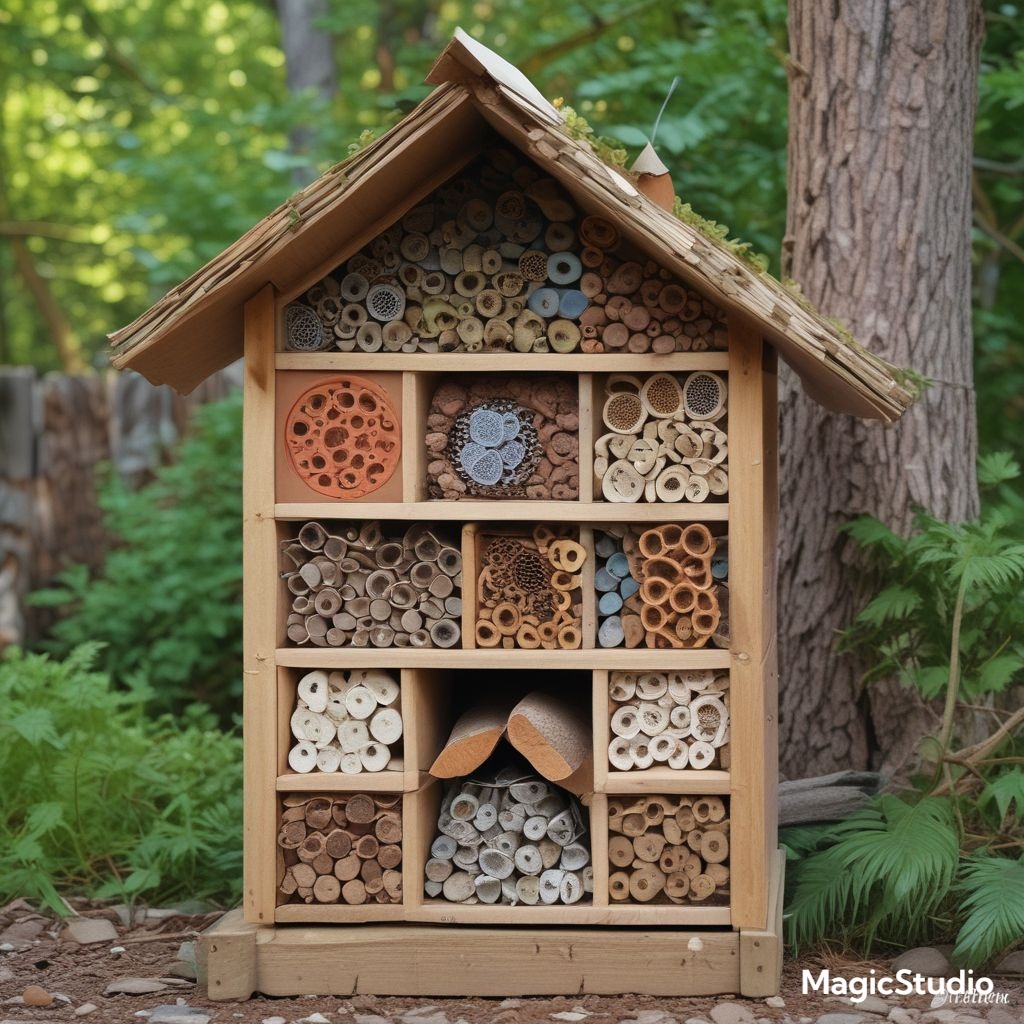
A Musical Garden
Add a touch of music to your garden with a collection of musical instruments. Install wind chimes, birdhouses with bells, and xylophones made from natural materials. Plant flowers that have a gentle rustling sound in the wind. Musical gardens are a wonderful way to stimulate the senses and encourage creativity.
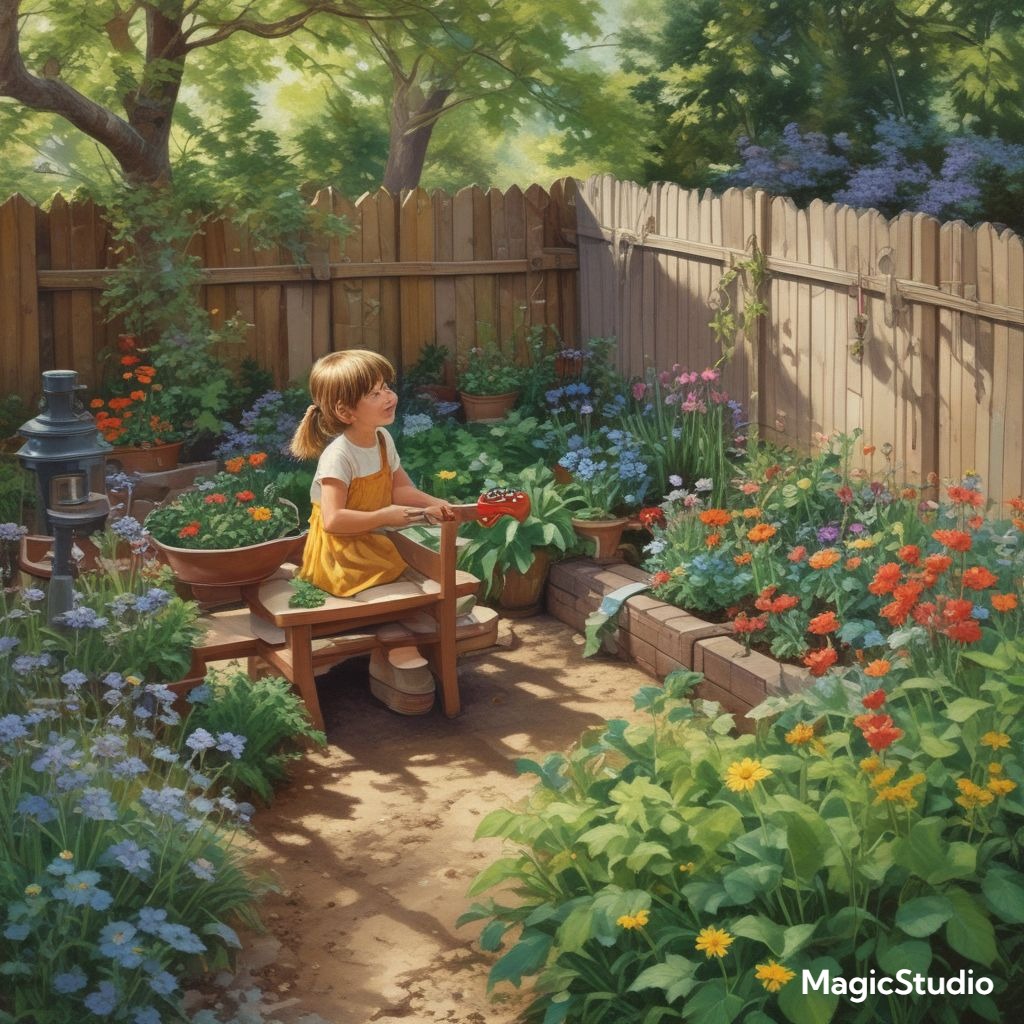
A Rainbow Walk
Create a pathway through your garden using colorful stepping stones. Choose stones in different sizes and shapes to add visual interest. Plant colorful flowers along the path to enhance the visual experience. Rainbow walks are a great way to add a touch of whimsy to your garden and encourage kids to explore the outdoors.

